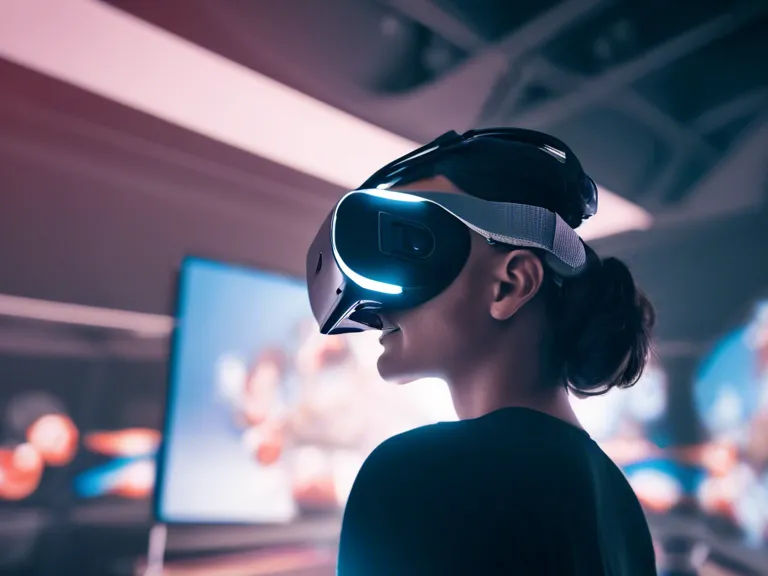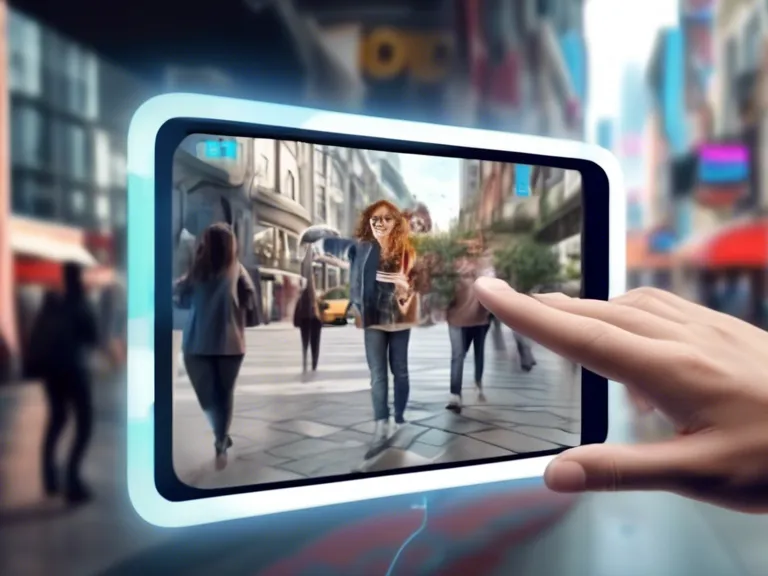
Virtual Reality in Media: A Glimpse into the Future of Immersive Content
Virtual reality (VR) technology has revolutionized the way we consume media, offering immersive experiences that transport users to completely new worlds. From gaming to education, VR has made its mark in various industries, including media. The use of VR in media opens up endless possibilities for creating interactive and engaging content that goes beyond traditional forms of storytelling.
One of the most significant advantages of VR in media is the ability to provide viewers with a sense of presence, allowing them to feel like they are part of the story being told. This level of immersion enhances the overall viewing experience and can create deeper emotional connections between the audience and the content. Whether it's exploring a virtual museum, attending a live concert, or even experiencing a news story from a first-person perspective, VR has the power to captivate and engage viewers in ways never seen before.
As VR technology continues to advance, the potential for its integration into various forms of media only grows. Video games have already embraced VR as a way to bring players closer to the action, but other forms of media, such as movies, television, and social media, are beginning to explore the possibilities of incorporating VR into their platforms. Imagine being able to watch your favorite TV show from the perspective of one of the characters or attending a live event in virtual reality from the comfort of your own home.
The future of immersive content in media is bright, with VR technology leading the way towards a more engaging and interactive viewing experience. As more content creators and media companies embrace VR technology, we can expect to see a shift towards more personalized and immersive storytelling that blurs the line between the virtual and the real world.



